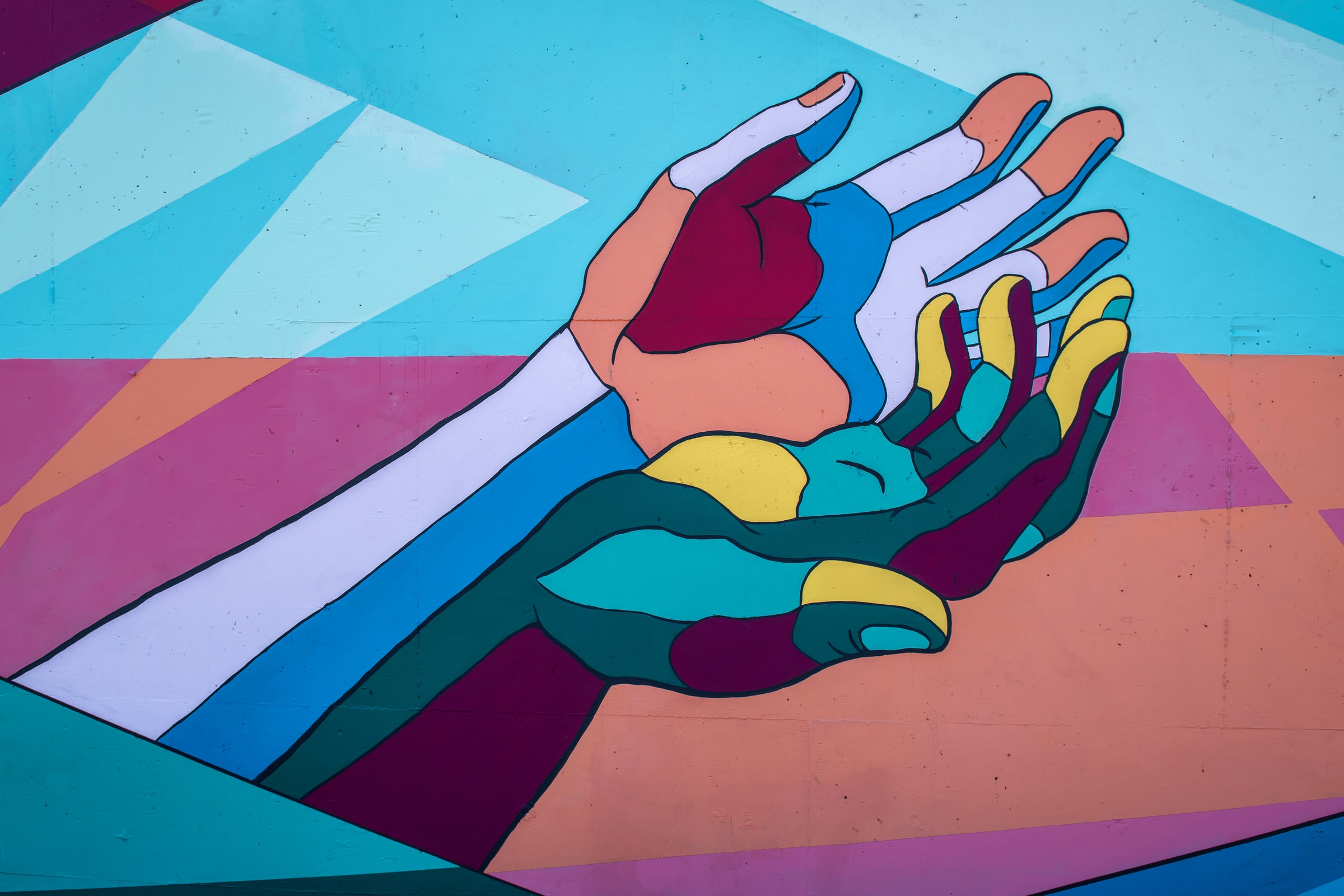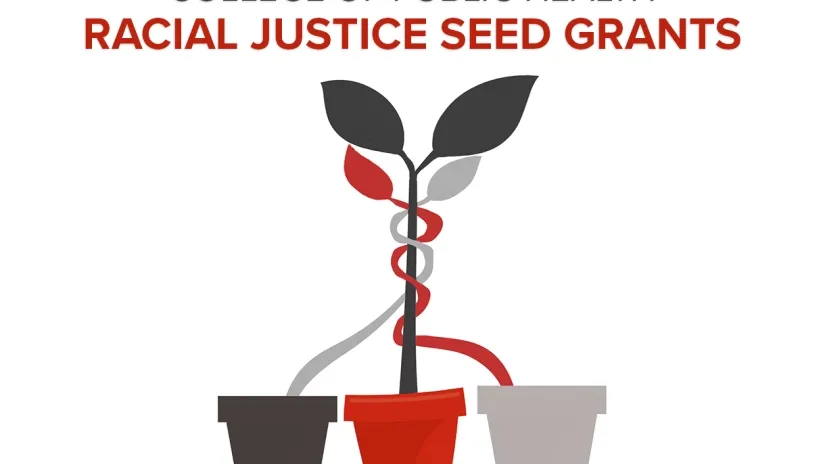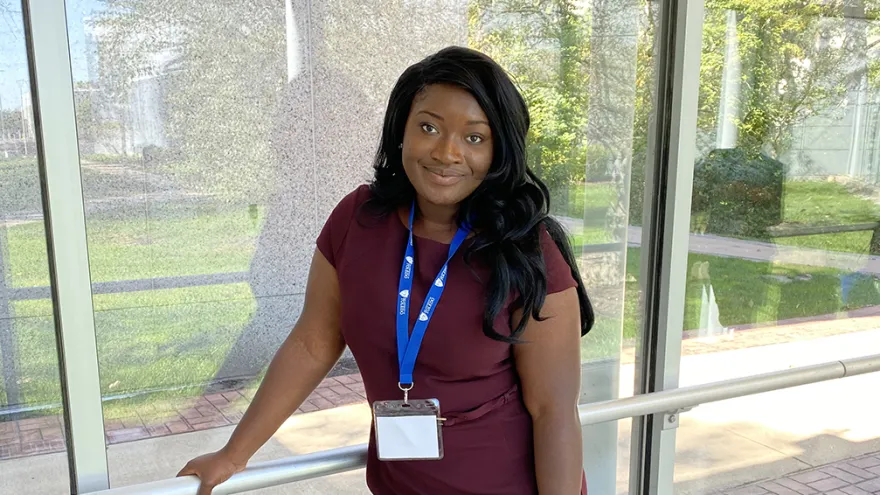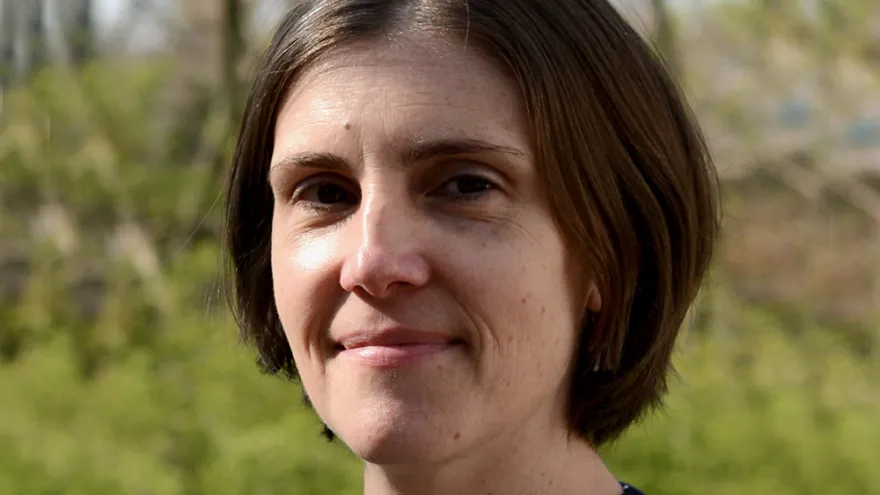When the pandemic first unfolded in the United States early last year, students, faculty, staff and alumni of The Ohio State University College of Public Health quickly became critical to both Ohio’s and the university’s COVID-19 response. In the months that have passed, their expertise in disease modeling, infection control, vaccine distribution and other essential areas has served as a vital support as the university and the state navigated waters uncharted in modern public health history.
College experts first informed decision-making by former Ohio Department of Health Director Amy Acton (a 1996 graduate of our college) and Ohio Gov. Mike DeWine, a partnership that has continued on several fronts as leadership at the state agency transitioned to current Director Stephanie McCloud. First, the work focused on extensive restrictions aimed at locking down the spread of the virus. Then it evolved to help leaders through several phases of gradual reopening and reassessment of how measures were working — or not working.
“Public health is always aiming to empower communities, to step in and help but also to leave them with the knowledge and resources to sustain change. The work of public health is far from just academic — we are always driven to be boots on the ground,” said Dean Amy Fairchild, whose work for the past year has included continual advising of and collaboration with university leaders as they’ve grappled with the challenges of the pandemic.
“The speed with which we were able to react reflects the strength of relationships with our broader university community and with our health departments. And it also tells you something about how we see our mission. Our college didn’t just jump in quickly, but jumped in to help pull in expertise from across the university,” she said.
The widespread contributions of the college include:
- Continued modeling work to examine how different social distancing, vaccination rates and other approaches might influence disease transmission.
- Efforts in the community to support those Ohioans who are most vulnerable and most impacted by this pandemic, including people of color, those living in poverty and those who are experiencing domestic violence.
- Work to bolster Ohio’s response in such a way that is least damaging to the economy.
- Leadership of Ohio State’s Comprehensive Monitoring Team and Safe Campus and Scientific Advisory group, both of which have been critical to evaluating scientific evidence and monitoring the virus to inform decision-making at the university.
- Development and ongoing operation of Ohio State’s Case Investigation and Contact Tracing Team.
- Creation of COVID Connect, an effort to bring together expert volunteers with community organizations. Operated by the college’s Center for Public Health Practice, the project includes volunteers from throughout the university and beyond, and is serving as a valuable resource for communities throughout Ohio.
- Development of a system called the COVID-19 Analytics and Targeted Surveillance System (CATS), to help local school districts and local public health departments detect outbreaks quickly.
- Ohio’s COVID-19 Population Needs Assessment, a comprehensive, evidence-based tool for those looking to improve the lives of Ohioans facing the greatest COVID-19 risks.
- Wastewater monitoring efforts to provide an early warning of outbreaks.
- A study of COVID-19 prevalence in the state.
- A survey of COVID-19 symptoms among Ohioans
Students are working alongside faculty and staff on most of these endeavors and are playing instrumental roles in conceptualizing and executing ongoing pandemic response.
Bill Miller, senior associate dean for research and professor of epidemiology, said the robust response from the College of Public Health community to support myriad needs in local and state government has been critical to getting Ohio and the university through this time.
“Academic-government partnerships are important all of the time, but especially during a crisis like the COVID-19 pandemic. These partnerships allow government to expand their capacity and academics to contribute to the immediate needs of the agency and the public,” he said.
“Collaboration allows academics to think about and address problems that can have immediate health impact.”
Fairchild said she’s especially proud of the college’s leadership on COVID Connect and on Ohio’s Needs Assessment.
“We aren’t just any land grant, after all. We are an urban land grant, committed to helping the populations that have been hit first and hardest by COVID-19,” Fairchild said. “But we don’t stop there. We can use our connections with rural communities to make sure that areas without the same access to testing and health care aren’t left behind.”
College leaders are already considering the long-term benefits of the work happening now. COVID Connect won’t disappear when COVID-19 is no longer our primary public health concern. Ideally, it will become a resource for community partners seeking assistance and advice on a variety of challenges, Fairchild said.
“I’d love to see COVID Connect as one of the lasting legacies of the pandemic. Agencies, organizations and local businesses concerned about the health of communities should have a concrete way to meaningfully access both the vast expertise and endless goodwill of the university,” she said.
And the college’s already strong partnerships with the state and local health departments are likely to be bolstered into the future by this time in public health history, Fairchild and Miller said.
“One of the biggest benefits will be an active system of data monitoring and interpretation that will help ensure that we are able to identify and respond to crises quickly. I think the other long-term benefit will be a closer relationship between the Ohio Department of Health and Ohio State, which will help us contribute directly to address other public health issues facing the state,” Miller said.
Furthermore, this experience has amplified the importance of the college’s voice in policymaking decisions, he said.
“Often public health academics focus on understanding the science and leave the policymaking to others. But academics have a lot to offer the policymakers and the people who are actively practicing public health.”
CPH faculty involved include Michael Bisesi, Amy Ferketich, Maria Gallo, Ayaz Hyder, Eben Kenah, Stanley Lemeshow, Jiyuong Lee, Bo Lu, Julianna Nemeth, Alison Norris, Grzegorz Rempala, Elisabeth Root, Eric Sieber, Joseph Tien, Abigail Norris Turner, Tasleem Padamsee, Mikkel Quam, Andy Wapner and Mark Weir.
CPH staff working on these community and university efforts include Kelly Bragg, Misti Crane, Mindy Freed, Tom Knobloch, Kelly Muzyczka and Lisa Van Dyke.



